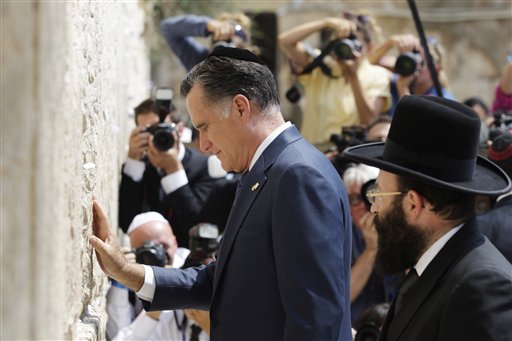Writes Butler Shaffer at the LRC Blog:
A news story informs us that a "gold" medal at the Olympics contains 1.34% gold. It wasn't always this way. In 1912, the gold medal contained 100% gold. In 1913 the Federal Reserve Act was enacted, and while there is no apparent causal connection between this legislation and the content of medals, it is interesting to see a parallel development. A gold medal that has steadily gone from 100% gold to 1.34%, finds a similar path in the decline of the value of the dollar: a 1913 dollar is, today, worth about 5 cents. The size of the gold medal has greatly increased — quantity as a substitute for quality — leaving us to ponder whether, with a continuing rise in its price, gold will soon be eliminated completely from this enlarged medal. In a world in which political systems are able to bamboozle Boobus with the empty appearance of things, the Olympics may find it useful to craft this medal entirely from iron pyrite, a bright, yellowish mineral.
A news story informs us that a "gold" medal at the Olympics contains 1.34% gold. It wasn't always this way. In 1912, the gold medal contained 100% gold. In 1913 the Federal Reserve Act was enacted, and while there is no apparent causal connection between this legislation and the content of medals, it is interesting to see a parallel development. A gold medal that has steadily gone from 100% gold to 1.34%, finds a similar path in the decline of the value of the dollar: a 1913 dollar is, today, worth about 5 cents. The size of the gold medal has greatly increased — quantity as a substitute for quality — leaving us to ponder whether, with a continuing rise in its price, gold will soon be eliminated completely from this enlarged medal. In a world in which political systems are able to bamboozle Boobus with the empty appearance of things, the Olympics may find it useful to craft this medal entirely from iron pyrite, a bright, yellowish mineral.




